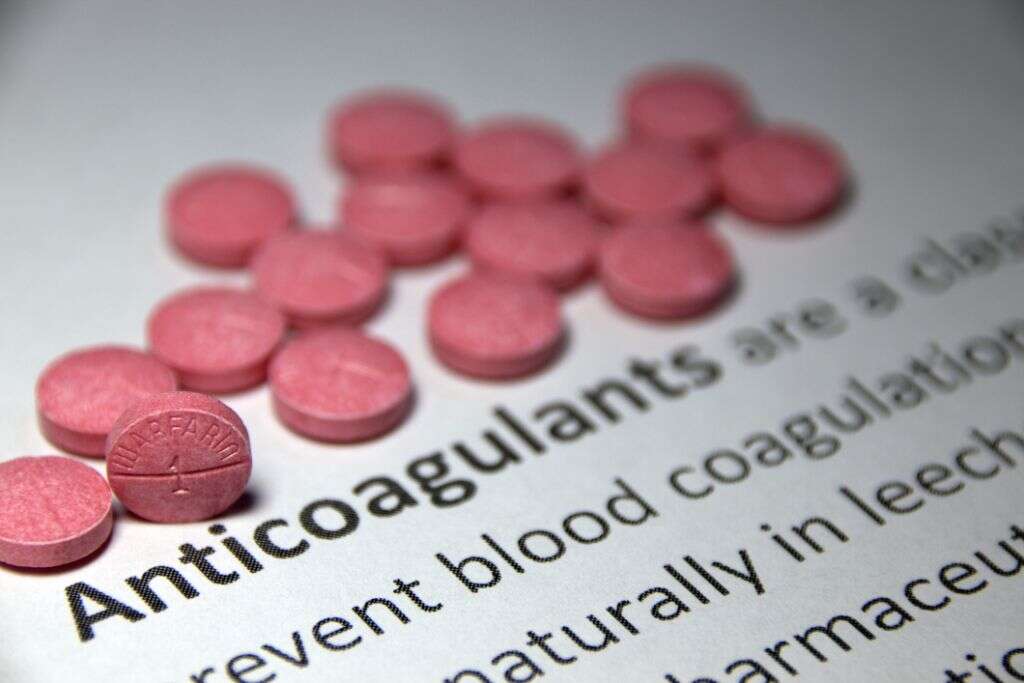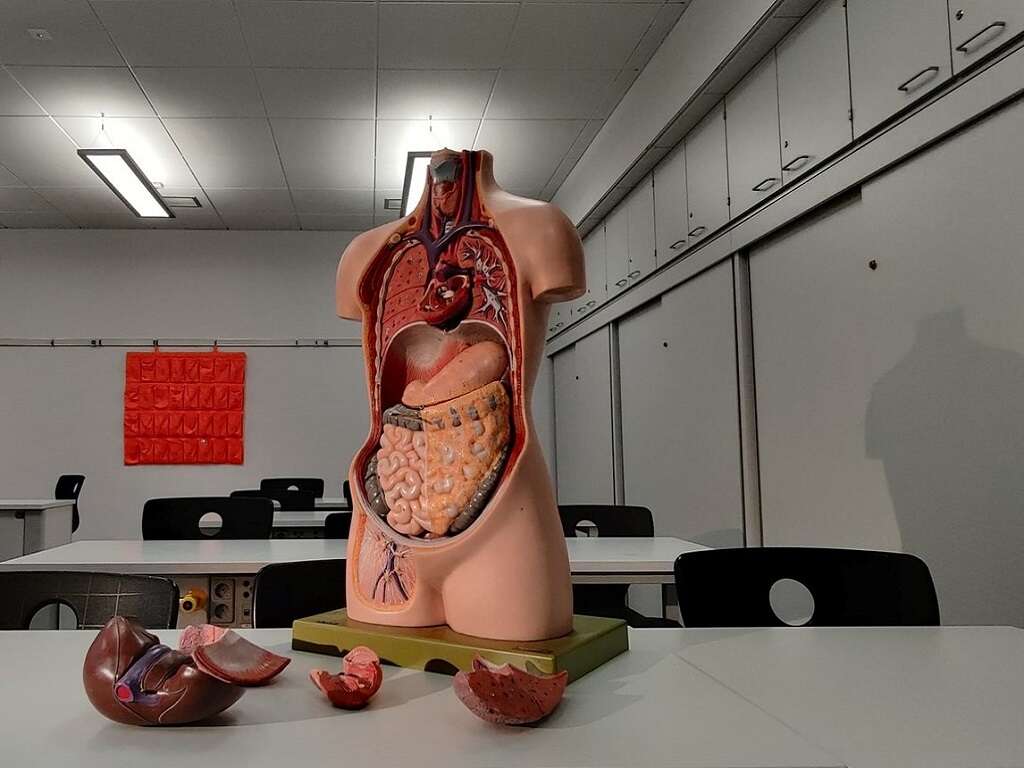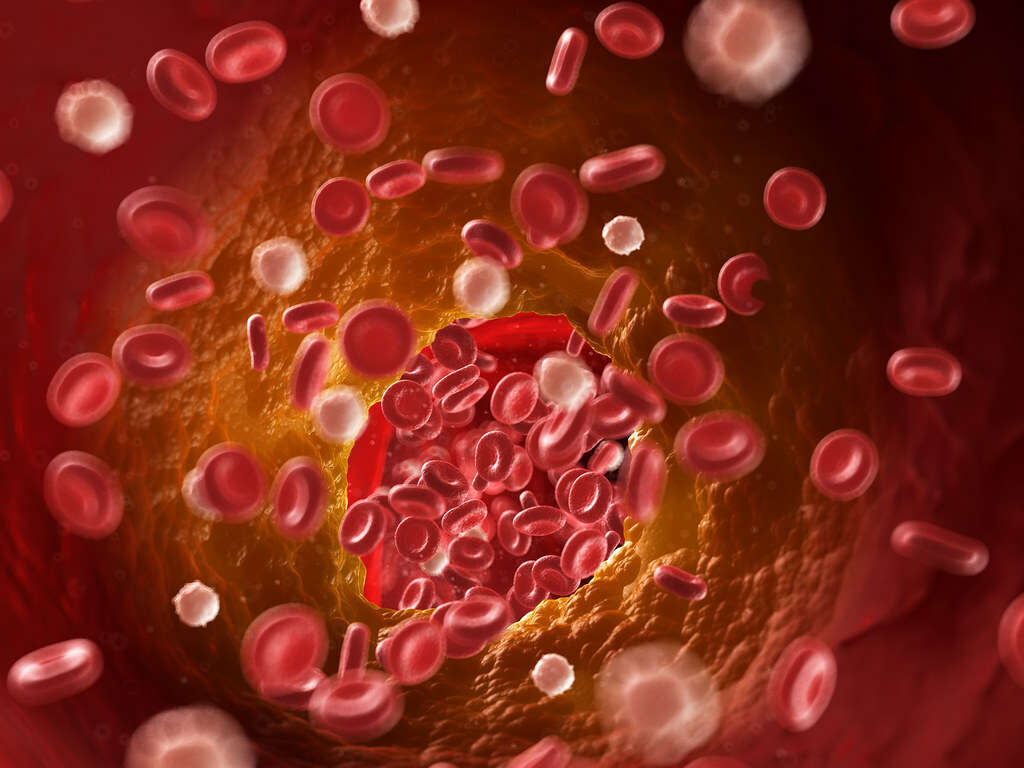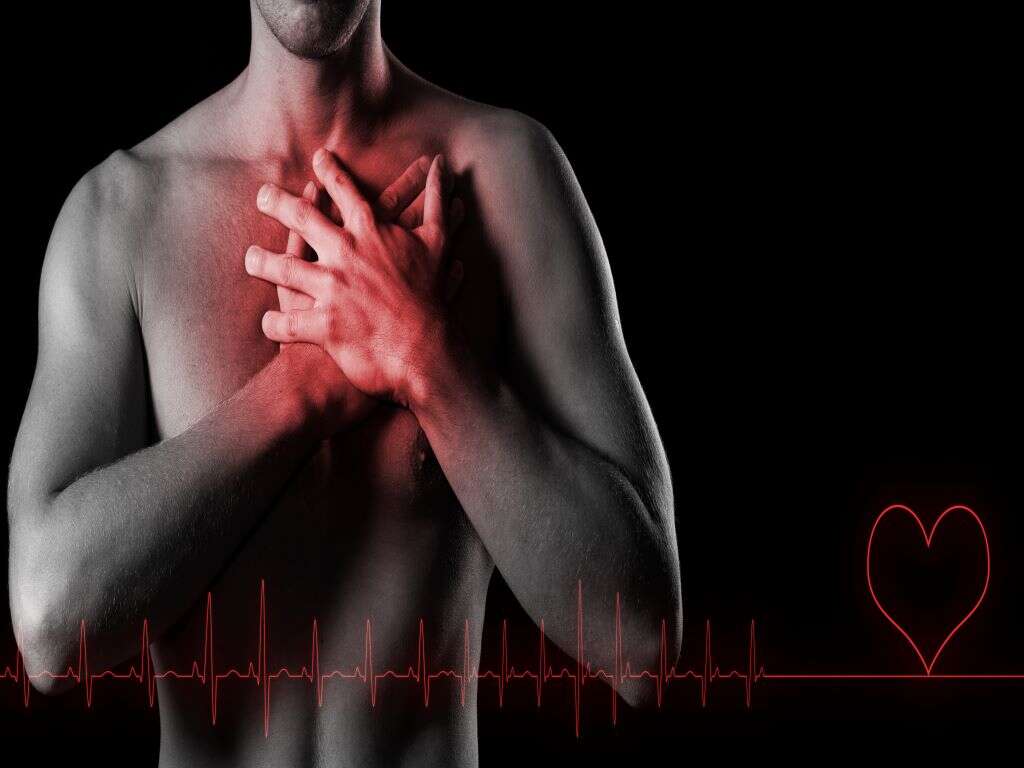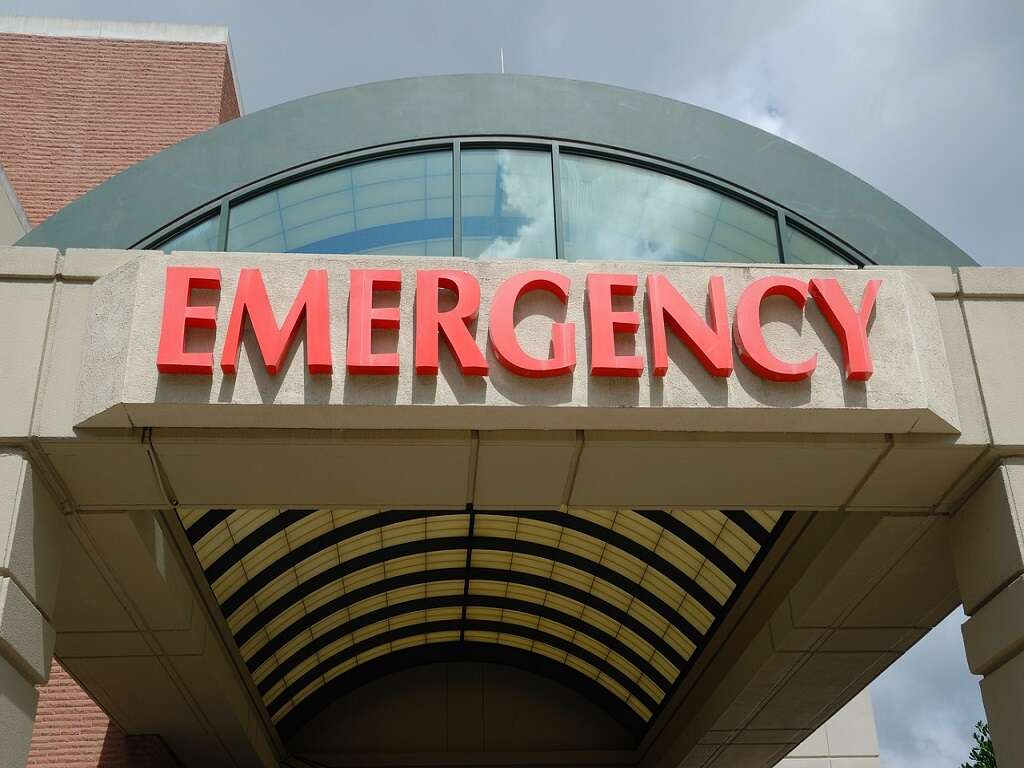What Is Ischemia?
Ischemia is a term that describes restriction of blood supply to tissues resulting in inadequate oxygen required for cellular function and metabolism leading to potential tissue damage or death. Ischemia is generally due to issues with the blood vessels where there is some form of obstruction.
This also means that local ischemia can be caused by vasoconstriction, embolism, or thrombosis of the blood vessels. Not only does ischemia comprise of oxygen insufficiency, it also involves the decreased nutrients and elimination of metabolic wastes.
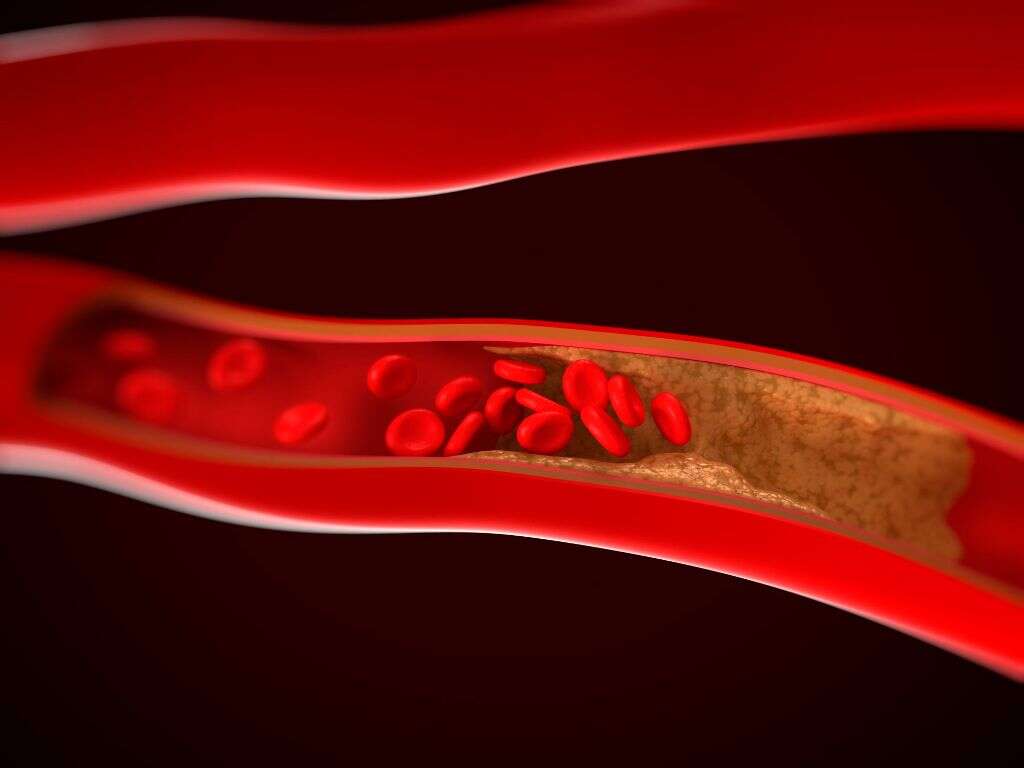
1. Causes
Ischemia is a condition where there is an interruption in the blood supply to the tissue that may result in tissue damage or death. Some causes include atherosclerosis, trauma, thrombosis, and embolism. Some vascular-related issues such as low flow states or outflow obstruction can also cause acute arterial ischemia. Occlusion may occur when there is a dislodged clot that travels and lodges in a smaller vessel leading to obstruction of both blood and oxygen to the distal tissues. When there is atherosclerosis, there is the accumulation of plaque, which is a sticky and hard substance made mostly of fat in the arteries. The buildup is slow and can cause narrowing in the arteries. In trauma, there may be occlusion of a vessel due to laceration, compression, or shearing.

2. Pathophysiology
When ischemia occurs, there is tissue damage due to the ischemic cascade process. The damage to the tissues are due to the buildup of metabolic waste products, damage to mitochondria, leakage of autolyzing proteolytic enzymes, and inability to maintain cell membranes. When the blood supply is restored to these ischemic tissues, it can cause more injury. This is known as reperfusion injury and can be more damaging than the ischemia.
When blood is reintroduced to the affected tissues, the availability of oxygen causes more production of reactive oxygen species and free radicals that damages the cells more. More calcium ions are also brought to the tissues, resulting in calcium overload, which increases the risk of cardiac arrhythmias and acceleration of cellular self-destruction. The blood flow also amplifies the inflammation response from the damaged tissues, which can lead to destruction of cells that are still viable.

3. Problems
Ischemia can cause various issues where some can become life-threatening. This depends on the affected region. For example, when the leg is affected, it is known as critical limb ischemia where there is a buildup of plaque in the arteries supplying the leg. This can cause intense pain and, left untreated, the affected limb may be lost. When ischemia affects the brain, it can cause a stroke.
In the intestines, it is known as mesenteric ischemia where it can result in part of the intestine being damaged. It can affect both the colon and small intestines. An ischemia in the heart can result in a heart attack, heart failure, arrhythmia, chest pain, or sudden cardiac death. When ischemia affects the heart, it can be called cardiac ischemia, ischemic heart disease, or myocardial ischemia.
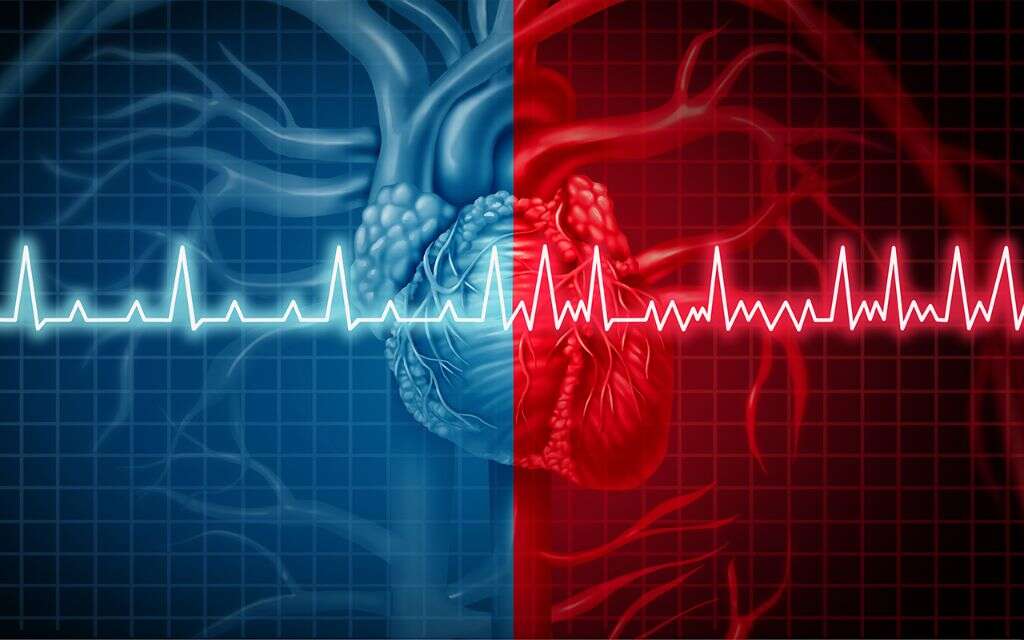
4. Signs and Symptoms
When ischemia occurs, there is insufficient blood supply to the tissue. Since oxygen is transported into the tissues via the blood, a decreased blood supply also means that there is a shortage of oxygen. In tissues such as the brain and heart, there can be irreversible damage to the tissues when there is ischemia in as little as 3 to 4 minutes. Another region that is quickly damaged in ischemia is the kidneys.
The signs and symptoms generally depend on the affected region. In acute limb ischemia, there can be paralysis, pulselessness, paresthesia, pallor, pain, and coldness. When the heart is affected, there can be chest pain. If the brain is affected, there can be neurological symptoms such as disorientation and cognitive changes.

5. Ischemic Stroke
Ischemic stroke occurs when there is decreased or loss of blood supply to the brain, resulting in loss of neurological function. It can be caused by occlusion of a blood vessel. Some of the common signs and symptoms are facial drooping, ataxia, difficulty with speech, issues with vision, nystagmus, vertigo, and decreased levels of consciousness.
Diagnosis of ischemic stroke can be achieved via medical imaging such as a computed tomography (CT) scan, magnetic resonance imaging (MRI), carotid duplex scanning, and more. Other beneficial investigations include a complete blood count (CBC), basic chemistry panel, and coagulation studies. Patients with ischemic stroke should be stabilized. Treatment options include the use of antiplatelet agents, fibrinolytic therapy, and mechanical thrombectomy.
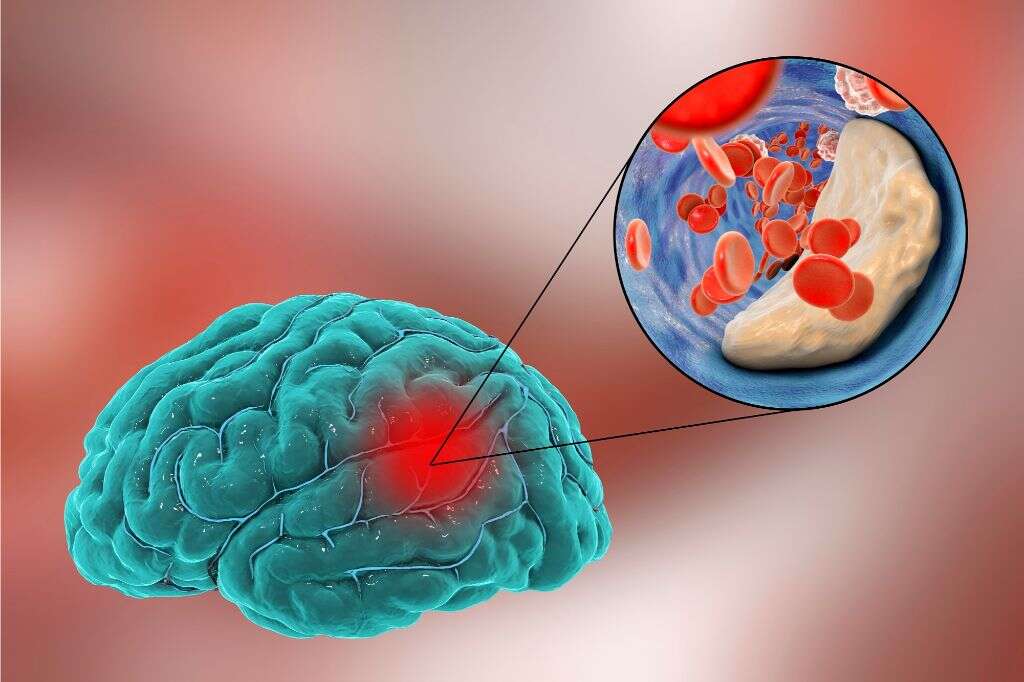
6. Acute Mesenteric Ischemia
Acute mesenteric ischemia (AMI) occurs when there is decreased blood flow through the mesenteric vessels resulting in ischemia and gangrene. Patients generally experience nausea, vomiting, abdominal distention, loss of appetite, diarrhea, gastrointestinal bleeding, rectal bleeding, and signs of sepsis (rapid breathing, fast heart rate, fever, low blood pressure, altered mental status).
If not caught and treated early, AMI has a catastrophic outcome. It should be considered in all patients with abdominal pain that is not proportionate to physical findings, and with severe vomiting and diarrhea in individuals above the age of 60. Treatment usually involves surgery. Some patients may be recommended for stenting. A trial of thrombolytic therapy may be recommended for patients without bowel necrosis before surgery.

7. Chronic Mesenteric Ischemia
Chronic mesenteric ischemia (CMI) generally develops after there is long-term atherosclerotic disease of the mesenteric vessels, resulting in inadequate blood supply to the visceral organs. Patients with CMI may experience pain after eating around the umbilical or epigastric region, weight loss, fear of eating (sitophobia), nausea, vomiting, constipation, diarrhea, flatulence, and have a history of vascular disease.
Investigations may include conventional angiography, magnetic resonance imaging (MRI), a computed tomography (CT) scan, electrocardiography, ultrasonography, complete blood cell (CBC), blood chemistry, coagulation studies, liver function tests, urinalysis, and stool tests. Surgery may be required for treatment of the condition.
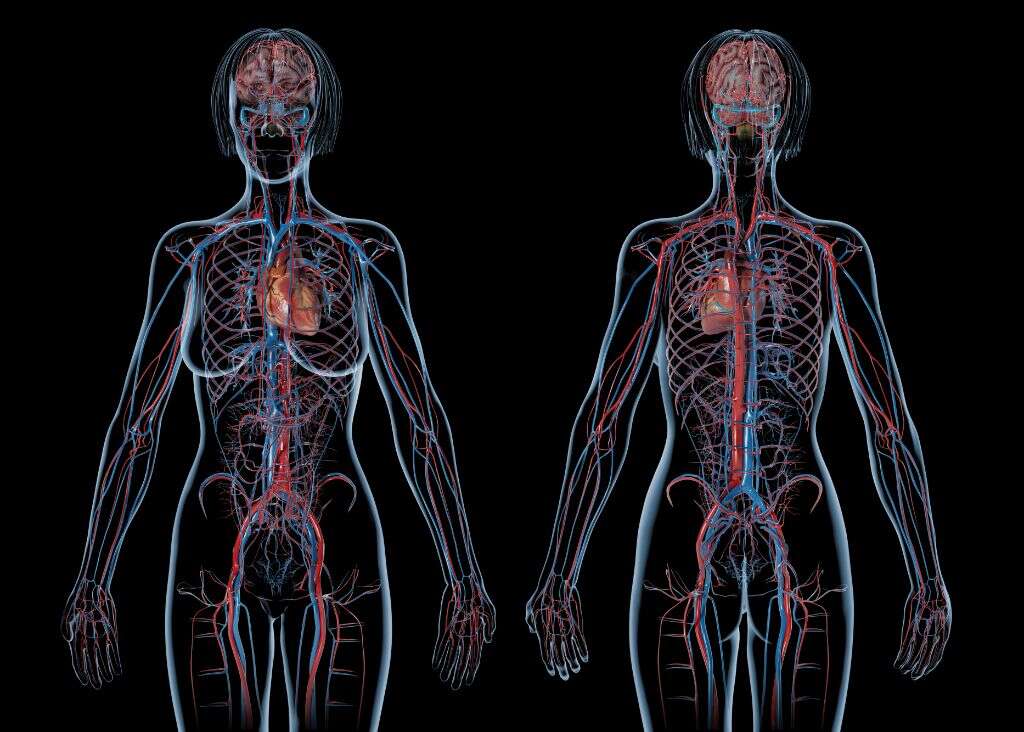
8. Myocardial Ischemia
Myocardial ischemia is a condition where there is obstruction of the coronary artery. This is also known as atherosclerotic coronary artery disease. It is the most common cause of death globally. The diagnosis can be difficult and many patients are often only diagnosed after experiencing a heart attack. The symptoms can range from having chest pain to having no symptoms at all.
Diagnosis includes investigations such as an electrocardiogram, stress echocardiogram, stress test, nuclear stress test, a cardiac computed tomography (CT) scan, coronary angiography, and more. The treatment goal is to improve blood flow to the heart and may involve nitrates, aspirin, beta blockers, statins, and angiotensin converting enzyme (ACE) inhibitors. Procedures such as coronary artery bypass surgery, angioplasty, and stenting may also be recommended.
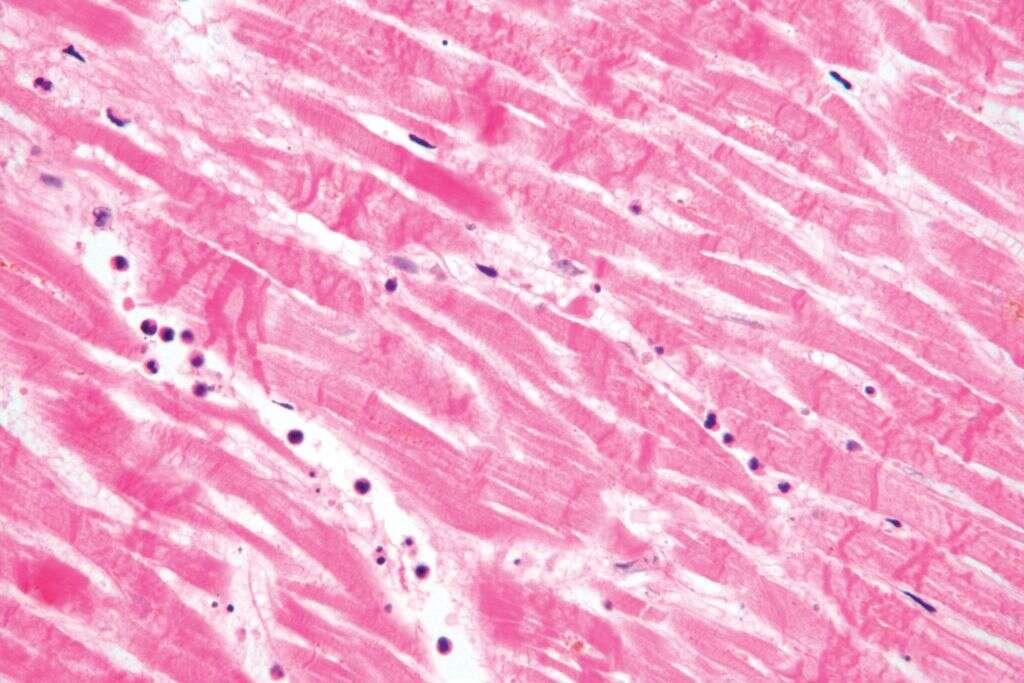
9. Acute Limb Ischemia
Acute limb ischemia occurs when there is a sudden obstruction to the vessels that supply the limb due to a blood clot. Patients with acute limb ischemia generally experience pain, paresthesia (numbness, tingling, burning), pallor, paralysis, pulselessness, and coldness in the affected limb. Investigations aim to determine the location of the occlusion, cause, and severity.
A Doppler evaluation can be used to show the severity and extent of the ischemia by visualizing the blood flow in the smaller arteries. Other investigations include magnetic resonance angiography (MRA), duplex ultrasonography, and computed tomography (CT) angiography. Treatment includes embolectomy and using medications such as streptokinase (thrombolytic) to help restore blood flow to the affected limb. Mechanical thrombolysis can also be performed.

10. General Treatment
The treatment for ischemia depends on the region affected. However, treatment options generally involve the use of thrombolytics, anticoagulants, surgical revascularization (such as stenting), amputation, embolectomy, and more. Anticoagulants help to prevent further growth of the thrombus and intravenous unfractionated heparin is usually the agent of choice.
Thrombolytic agents such as streptokinase, urokinase, or recombinant tissue plasminogen activator can be used. A catheter can be inserted through the femoral artery to help infuse the drug that helps to break the clot. In ischemia due to injury, surgical revascularization can be performed. When limb salvage is not possible, amputation may be necessary.
